“Consider that global warming is happening for us — an atmospheric transformation that inspires us to change and reimagine everything we make and do,” — Paul Hawken.
This is the refreshing approach of the revolutionary new climate change ‘handbook’ Drawdown: The Most Comprehensive Plan Ever Proposed to Reverse Global Warming.
A bold and refreshing take on the subject of climate change, Drawdown maps, measures, models, and describes the 100 most substantive solutions to global warming. By tapping into commonly available technologies and practices, it presents a ‘shopping list’ of solutions ranked in order of their potential to remove or avoid greenhouse gases.
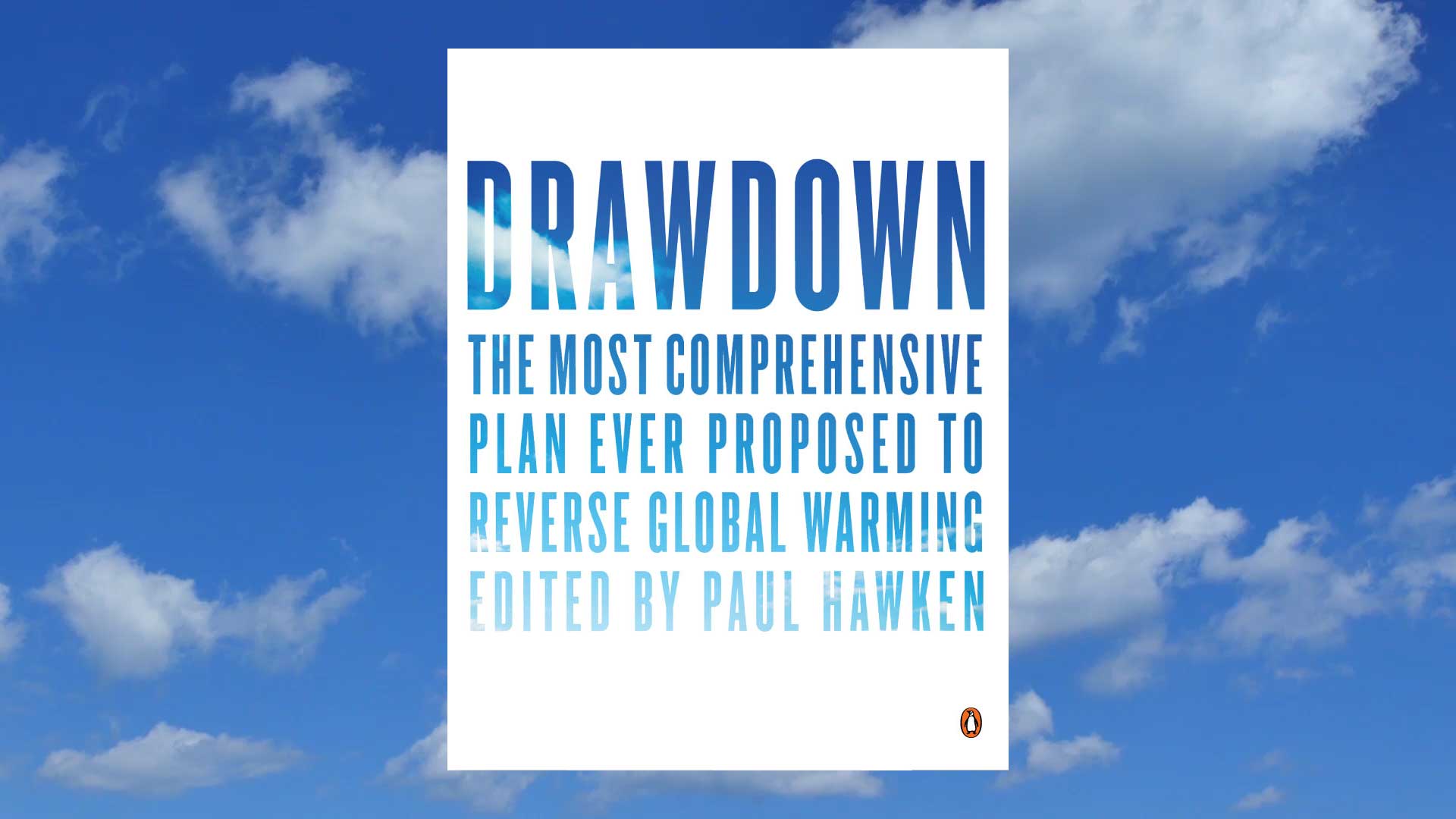
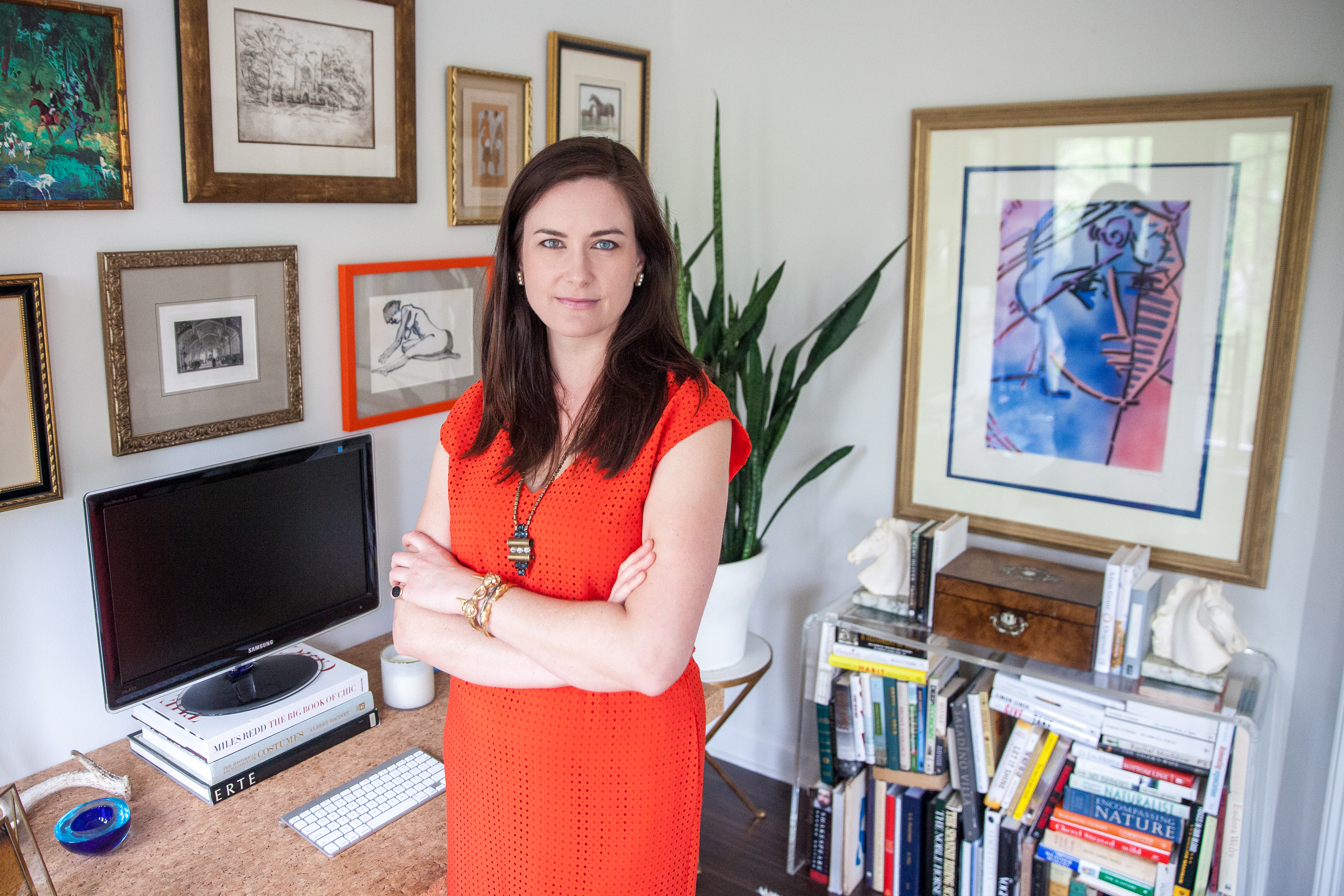
Senior writer Katharine Wilkinson brings Drawdown to life by threading the human story and the historical landscape throughout each of the 100 solutions. Photo: Buck Butler
We were fortunate to interview the book’s Senior Writer Katharine Wilkinson, whose background in climate research, sustainability, and thought leadership brings this game changing book to life.
Flipping through the pages you’ll be inspired and reassured by the ingenuity of humanity in the face of the most significant global crisis to date.
Discover buildings clad in Smart Glass, Green Roofs and Heat Pumps that curb the energy requirements of cities.
Offshore Wind Turbines, Solar Farms, and Biomass that could become the energy providers of the future while a Plant Rich Diet, Reduced Food Waste and Silvopasture could turn the largest emitters of carbon dioxide into carbon sinks.
For each solution, its history, the carbon impact it provides, the relative cost and savings, the path to adoption, and how it works is provided.
Working with 200 of the brightest scientists and research fellows worldwide, the Drawdown team came up with 100 solutions, all of which are hands on practices that are commonly available, economically viable and scientifically valid, and will have regenerative outcomes for the planet.
1. How did you start working with Drawdown’s editor Paul Hawken and what was your inspiration?
Having worked in the climate space and succumbed to the doom and gloom of it all many years prior, I felt Paul’s lens of ‘what’s possible’ was an incredibly important one and that the climate movement needed it.
“In writing the book with Paul, I thought a lot about the story we tell about ourselves and the planet, and how that story impacts our action or inaction. I was excited to tell the other side of the story — that people are not just terrible, greedy, lazy destroyers of our planet.”
2. Tell us about the book?
It’s a collection of 100 short essays that bring each of these solutions to life. They explain the nuts and bolts of how the solutions work, what the advantages and potential challenges are, while also bringing out the humanness in them. By introducing history or culture, we make each one accessible in a way that evokes wonder and curiosity.
The book covers 80 solutions that already exist, are proven and scaling in places around the world, and we have substantial data on those. And then 20 of them are ‘Coming Attractions’ that tend to focus on a person or a team or a company that is working on one nascent solution or another. Some of those have more of a story feel to them. To view the full list of solutions visit: http://www.drawdown.org/solutions
3. What does the word Drawdown mean?
We use it specifically to refer to the point in time at which atmospheric greenhouse gas concentrations peak and then begin to decline on a year over year basis. We felt it was important to put forward a goal that was not about slowing, stopping or even stabilising emissions, but rather one that was about heading towards that tipping point and then back towards conditions that are most conducive to life. It’s a useful term because it calls on both avoiding emissions, but also using the power of photosynthesis to bring carbon back home to earth in plants, soil, and biomass.
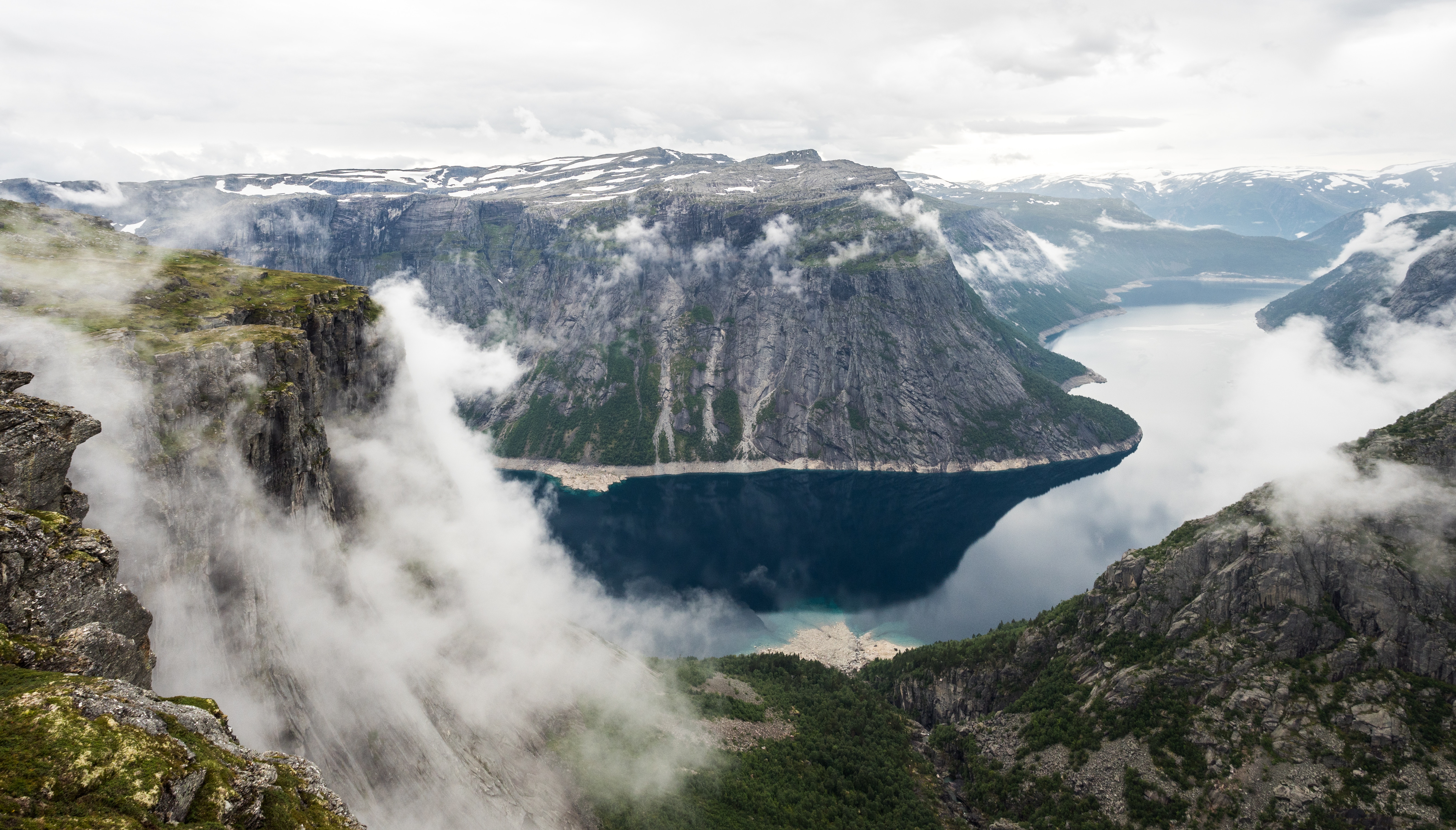
© Aurelien Hubert
5. Can you tell us more about the writing process?
We had a huge group of 60 or so research fellows who worked on the project at one time or another, doing literature reviews and quantitative modeling. When I came on board, my focus was on bringing the narrative content of the book to life, collaborating closely with Paul. I often imagined an 18-year-old university student taking a first environmental course and asked myself, ‘is this going to get you excited as well as help you to understand?’
5. The language was quite an important aspect of writing this book. Can you explain?
We were deliberate with language to make the book accessible and to move away from the jargon and the military language used in the climate space. Commonly used terms such as CO2, decarbonisation, the ‘war on carbon’ and the ‘fight against global warming.’ The war metaphor is a hard one because all of us are tied up in fossil fuels in some way, which makes us both the enemy and the good guy! The goal, as we see it, is to try and come into balance with the planet where we live, so language was an important thing for us broadly.
Our aim was to gather and codify the collective wisdom of humanity. That’s powerful because it reinforces the positive story about who we are and what we can do, but also it makes it hard to reject the work.

6. Why does this book excite you?
At a very macro level, the climate movement has been hindered by not having a compelling, credible, positive vision, but instead focusing on the lingering question as to whether we will avoid catastrophe. I hope we have started to give voice to such a vision, grounded in research and math.
“We wanted to give people a catalog of what’s already in the ‘toolbox’ so that they could go forward and impact change.”
When you flip through the pages, you can’t help but realise that human beings are so creative, compassionate, collaborative and committed. I think we need to believe that about ourselves and we have to tell everyone that story as well.
7. Which solutions did you find most interesting?
Helping to show the footholds of agency is what’s most exciting to me. Eight of the top 20 solutions are around food, and food is the largest sector overall with regards to potential impact. The #3 solution is Reduced Food Waste and the #4 solution is Plant-Rich Diet — both of which people can impact immediately and at no cost.
Often we think about climate change as being an energy issue. Moving to 100% renewable power is critical, but it’s not the whole story.
“I think so much of the energy crisis feels out of our hands. For example, if we can’t afford to install solar panels on our roof, then we can’t impact change. In Drawdown, we show that there is far more you can do.”

© Thomas Gamstaetter
8. What are some of your favourite stories in the book?
One of my favourite stories comes from diving into the history around solar power and rooftop solar. The first prototype installation went up in NYC in 1884, developed by an experimentalist named Charles Fritts. He and his contemporaries had figured out that thin slices of selenium when exposed to light would conduct electricity. Of course, they had no idea how that worked because Einstein was still 20 years from doing his work on photons! Nonetheless, Fritts believed his ‘photoelectric modules’ would wind up competing with coal fired power plants, and the first one of those had only come online two years before. It is reassuring to have this history and this sense of legacy — to know that we have rich foundations as we embark on this quest for solutions to reverse global warming.
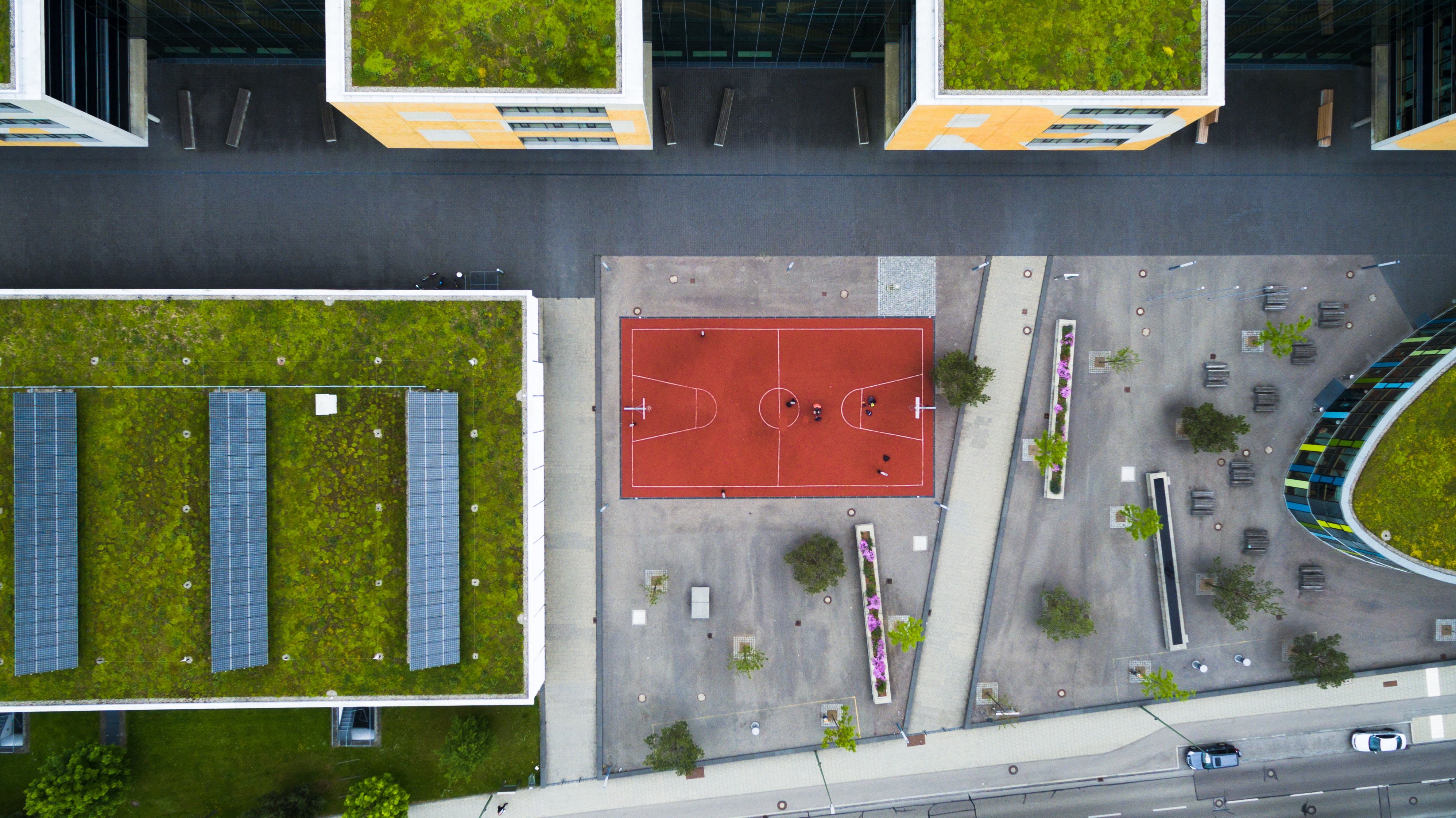
9. What were some of the most surprising?
Solutions #6 and #7, Educating Girls and Family Planning, always surprise people. If you add them together, empowering women and girls is the number one solution to reverse global warming, and it is such an important one. There has long been problematic history around population control, so I loved bringing those solutions to life in a way that grounds them in women’s fundamental rights to voluntary family planning and education. There are positive ripple effects for the planet when we close the gap for 130 million girls who are not in school and 225 million women who say that they want access to contraception but don’t have it.
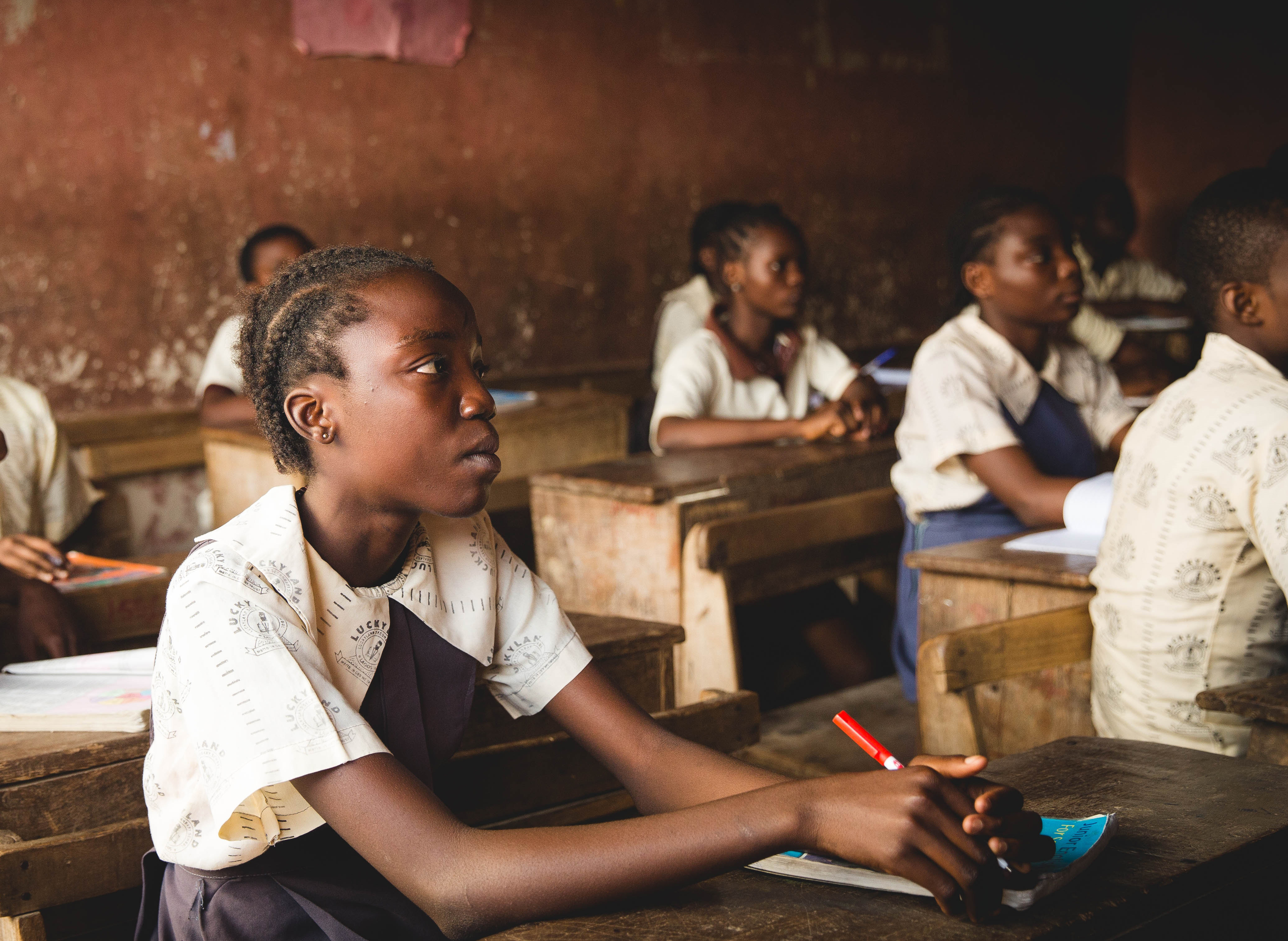
10. What for you, is the most important outcome of this book?
I think one of the best results of this book is that while you may pursue these solutions for their impact on decreasing greenhouse gas emissions, almost all of them (besides nuclear power) have so many positive co-benefits for society and economies. I think that Educating Girls conveys that most of all. With more years of education come better health outcomes, more upward mobility, more productive farms, lower likelihood of being forced into marriage at a young age, etc.
11. Tell us about the Coming Attractions?
There are 20 of them at the end of the book, which have narratives but no numbers. These Coming Attractions include some proven solutions, such as Living Buildings, Building with Wood and Intensive Silvopasture, but there is not enough data about them to do the same analyses as for the other 80 solutions. We also include emerging solutions that are still in the research and development stage, such as Hydrogen-Boron Fusion and Marine Permaculture, but that we will likely get help from in the next few decades.
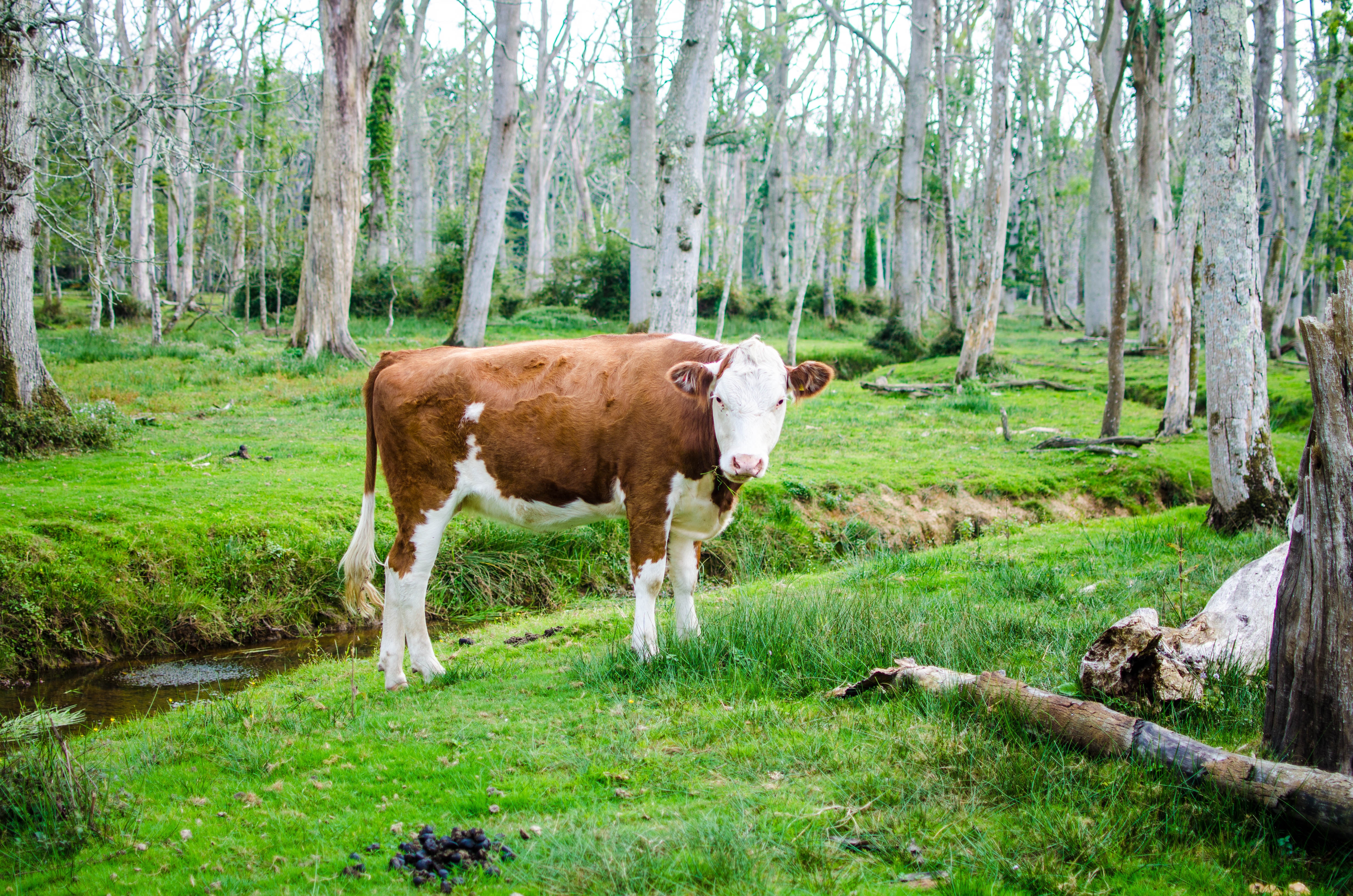
12. Any that surprise you from this section?
Building with Wood was an eye opening one. I had no idea that we now have these very high-performance timber products that are as strong as steel and concrete and actually do better in a fire. Timber from sustainably harvested plantations is a powerful way to sequester carbon, as well as avoid the emissions of steel and cement manufacturing. I was amazed that wooden sky scrapers are beginning to be built around the world.

13. Where to from here?
Project Drawdown is a living research and communication project, so our work continues. We are doing lots of talks and developing content in additional mediums, to share Drawdown with the world. We are continuing to build out the digital platform and create open source models, so people can give us feedback and the models can keep evolving. In many ways, Drawdown is a magnet. A coalition is growing around it, as the work gets picked up and put to use by people in different ways. I think that’s probably the most exciting!
Visit Drawdown to find out more. http://www.drawdown.org/
